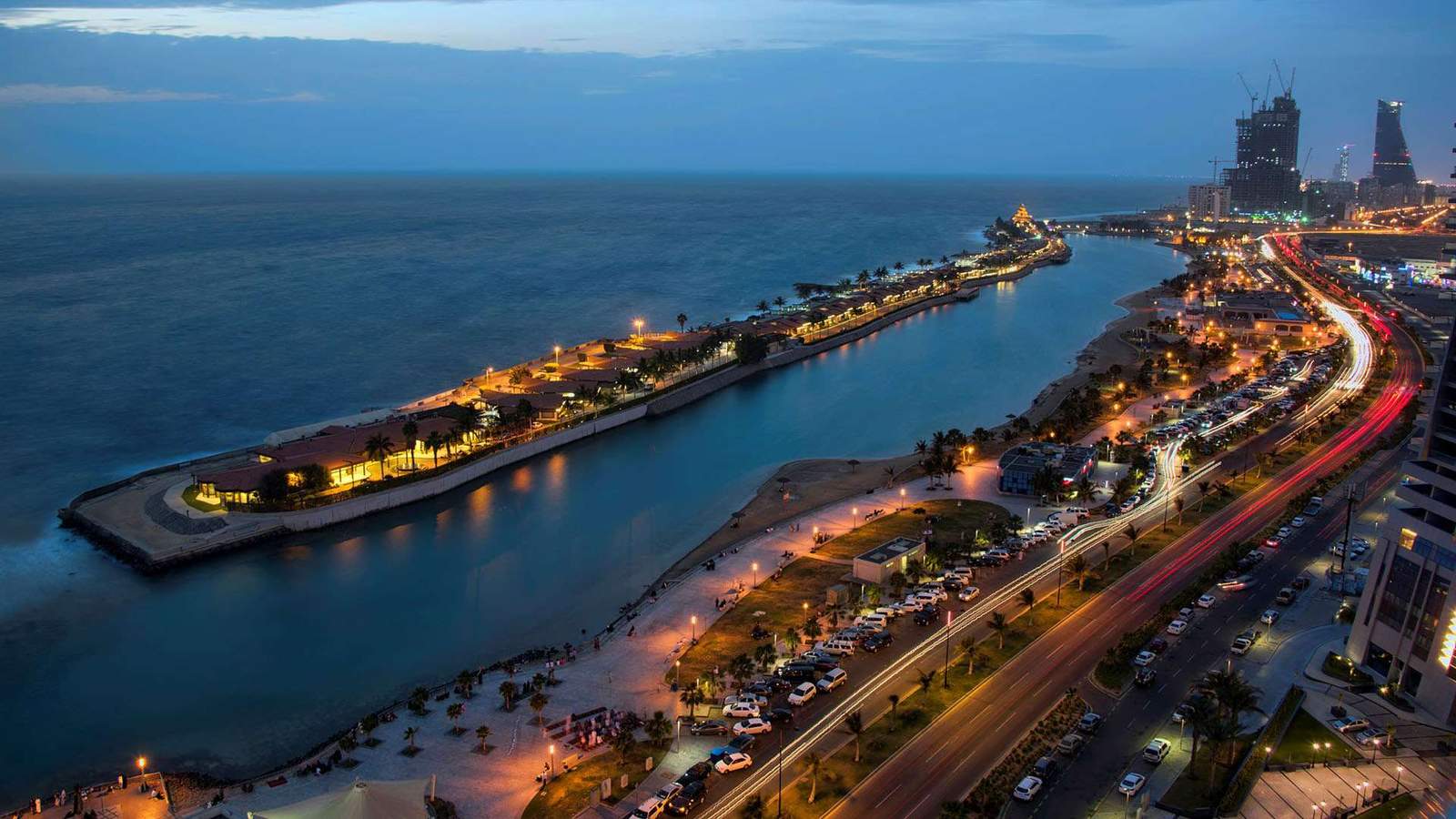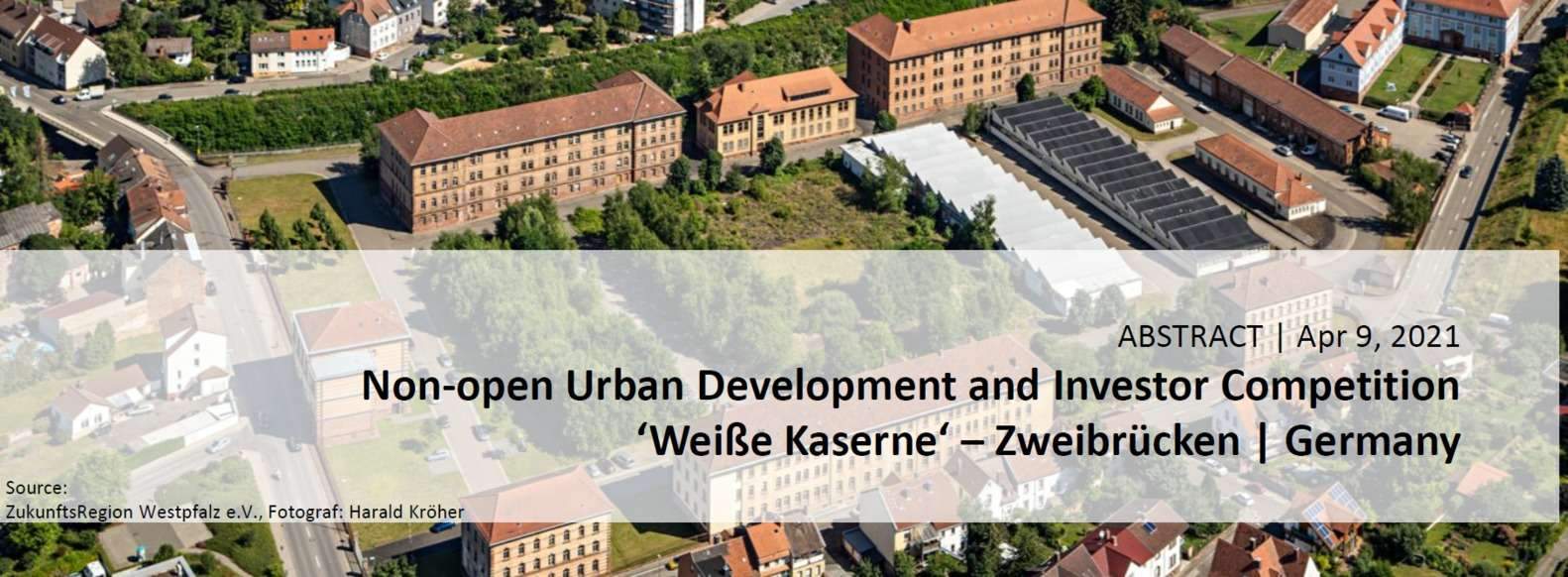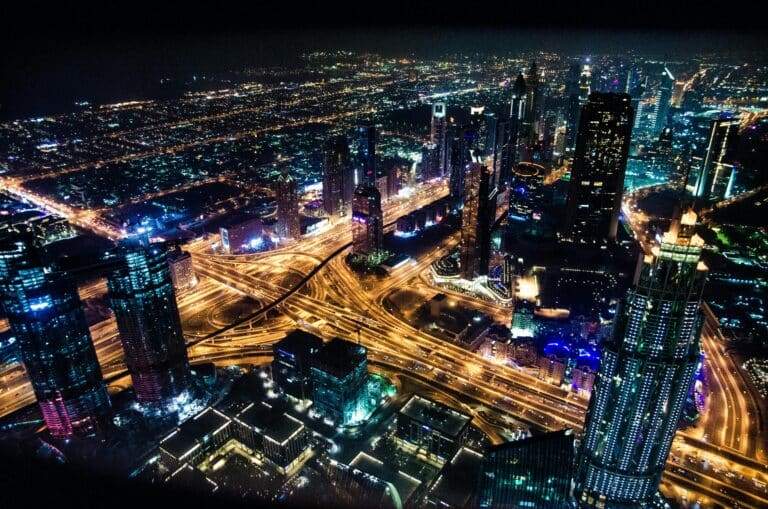Baroque architecture stands as one of the most expressive and visually rich styles in architectural history. Emerging in 17th-century Europe, it combined art, structure, and emotion to create buildings that captivated the senses and conveyed power. In this article, we explore the origins of Baroque architecture, its defining features, major global examples, and ArchUp’s take on its lasting impact.
What Is Baroque Architecture?
Baroque architecture originated in Italy during the early 17th century and quickly spread across Europe and later to South America through colonial expansion. It is known for its dramatic effect, achieved through dynamic shapes, lavish decoration, and theatrical use of light.
This style was embraced by the Catholic Church during the Counter-Reformation as a tool to influence the public emotionally. Churches and religious buildings were designed to astonish visitors, drawing their attention and reinforcing faith through architectural grandeur.
Key Features of Baroque Architecture
Baroque buildings are characterized by their theatrical, detailed, and bold compositions. These features were carefully designed to suggest movement and splendor:

| Architectural Element | Description |
|---|---|
| Massive domes | Often placed at the center of the structure to draw attention upwards. |
| Intricate ornamentation | Rich details in carvings and ceiling paintings, often with symbolic themes. |
| Use of gold and marble | Expensive materials that suggest power and sacredness. |
| Curved surfaces | Wavy walls and domed ceilings add fluidity and movement to the design. |
| Chiaroscuro lighting | Strategic contrasts of light and shadow create dramatic visual effects. |
Geographical Reach and Stylistic Diversity
Baroque architecture evolved differently depending on the region, adapting to local culture and politics:
- France: Integrated Baroque with classical symmetry, often in countryside palaces using Mansard roofs.
- Spain and Portugal: Adopted a more ornamental style, later exported to Latin American colonies.
- Germany and Austria: Focused heavily on Baroque churches, marked by elaborate interiors.
Famous Examples of Baroque Architecture
| City | Notable Landmarks |
|---|---|
| Rome, Italy | Santa Susanna Church, Royal Palace of Caserta – merging sculpture and structure. |
| Vienna, Austria | St. Charles Church, grand Habsburg-era buildings with ornamental facades. |
| Noto, Sicily | A city rebuilt entirely in the Baroque style after a major earthquake in 1693. |
ArchUp’s Perspective
Baroque architecture marks a pivotal shift in design philosophy—moving away from Renaissance balance toward emotional storytelling through architecture. While often criticized for its heavy ornamentation, Baroque was a direct response to the cultural and religious pressures of its era.
Architectural Analysis:
Baroque introduced new ways to manipulate space and perception, blending light, color, and form into a unified experience. However, its complexity and focus on appearance over function have made it less influential in today’s minimalist era.

Frequently Asked Questions (FAQ)
How does Baroque architecture differ from Classical architecture?
Classical architecture emphasizes balance and simplicity, while Baroque relies on emotion, contrast, and grandeur.
Where can I see the best Baroque buildings?
Cities like Rome, Vienna, and Noto in Sicily feature some of the most well-preserved Baroque architecture.
Is Baroque architecture still used today?
Not in its original form. However, it inspires religious and theatrical spaces that aim for dramatic visual impact

Summary Table
| Category | Details |
|---|---|
| Era of Origin | 17th century, Italy |
| Visual Elements | Domes, ornamentation, lighting contrasts, curved forms |
| Primary Function | Emotional impact, religious persuasion, especially by the Catholic Church |
| Global Spread | Western Europe and South America |
| Famous Examples | Santa Susanna, Royal Palace of Caserta, St. Charles Church, Noto |
| ArchUp’s Insight | Revolutionary yet complex, with strong visual impact but less functional clarity |







